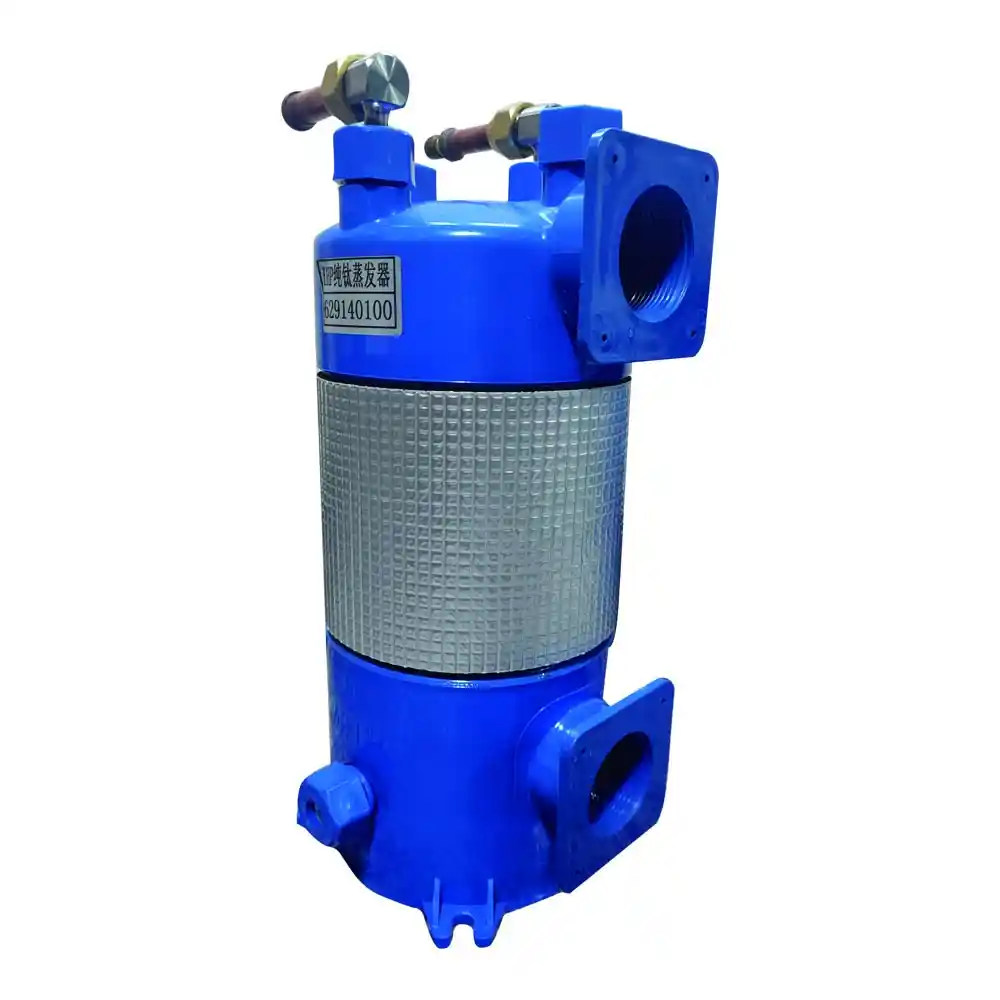Introduction
Coil design and layout play a crucial role in the raw material preparation process for manufacturing titanium coil heat exchangers with PVC shells. This article focuses on the specific aspects of designing and laying out coils using titanium tubes and PVC shells. The objective is to provide a comprehensive understanding of the coil design and layout process, highlighting its significance and the specific considerations involved.
1. Design Considerations
During the coil design phase, several important factors need to be considered to ensure optimal performance and efficiency of the titanium coil heat exchanger. The following aspects should be taken into account:
1.1 Heat Transfer Requirements
The design should consider the desired heat transfer capacity of the heat exchanger. Factors such as the temperature differential between the fluids, the desired heat transfer coefficient, and the surface area available for heat transfer should be considered.
1.2 Fluid Flow Rates
The flow rates of the fluids passing through the heat exchanger play a vital role in determining the coil design. The design should accommodate the required flow rates while minimizing pressure drop and ensuring adequate fluid mixing and turbulence.
1.3 Space Constraints
The available space for installing the heat exchanger should be considered during the design phase. The coil layout should be optimized to fit within the given space while maximizing the heat transfer surface area.
1.4 Materials and Compatibility
The selection of suitable materials is crucial to ensure compatibility with the working fluids and to prevent corrosion or chemical reactions. Titanium tubes are chosen for their corrosion resistance, while PVC shells provide insulation and protection.
2. Coil Layout and Configuration
The coil layout determines the arrangement and positioning of the titanium tubes within the PVC shell. Several factors should be considered when determining the coil layout:
2.1 Coil Type
Different coil types, such as helical, serpentine, or concentric coils, can be used based on the specific requirements of the heat exchanger. Each coil type offers advantages in terms of heat transfer efficiency, compactness, and pressure drop.
2.2 Tube Diameter and Spacing
The diameter of the titanium tubes and the spacing between them have a significant impact on the heat transfer performance. The design should optimize the tube diameter and spacing to achieve the desired heat transfer characteristics while considering practical constraints.
2.3 Number of Turns
The number of turns in the coil affects the overall coil length, pressure drop, and heat transfer area. The design should strike a balance between these factors to achieve the desired performance.
2.4 Manifold Design
The manifold design refers to the inlet and outlet connections of the heat exchanger. It should be designed to ensure proper fluid distribution, minimal pressure drop, and easy maintenance.
Summary of Coil Design and Layout
The following table provides a summary of the key considerations in coil design and layout for titanium coil heat exchangers with PVC shells:
| Design Consideration | Descripción |
|---|---|
| Heat Transfer Requirements | Considering the desired heat transfer capacity and coefficient |
| Fluid Flow Rates | Accommodating the required flow rates and minimizing pressure drop |
| Space Constraints | Optimizing the coil layout to fit within the available space |
| Materials and Compatibility | Selecting suitable materials for corrosion resistance and insulation |
| Coil Layout Consideration | Descripción |
|---|---|
| Coil Type | Choosing the appropriate coil type based on heat transfer and compactness |
| Tube Diameter and Spacing | Determining the optimal tube diameter and spacing for efficient heat transfer |
| Number of Turns | Balancing the number of turns for performance and practical constraints |
| Manifold Design | Designing the inlet and outlet connections for proper fluid distribution |
Note: The table above provides a high-level overview of the coil design and layout considerations and may include additional factors depending on specific manufacturing requirements.
In conclusion, the design and layout of coils are critical in the raw material preparation for manufacturing titanium coil heat exchangers with PVC shells. By considering factors such as heat transfer requirements, fluid flow rates, space constraints, and material compatibility, an optimized coil design can be achieved. The coil layout, including the coil type, tube diameter and spacing, number of turns, and manifold design, further enhances the heat transfer efficiency and overall performance of the heat exchanger.


